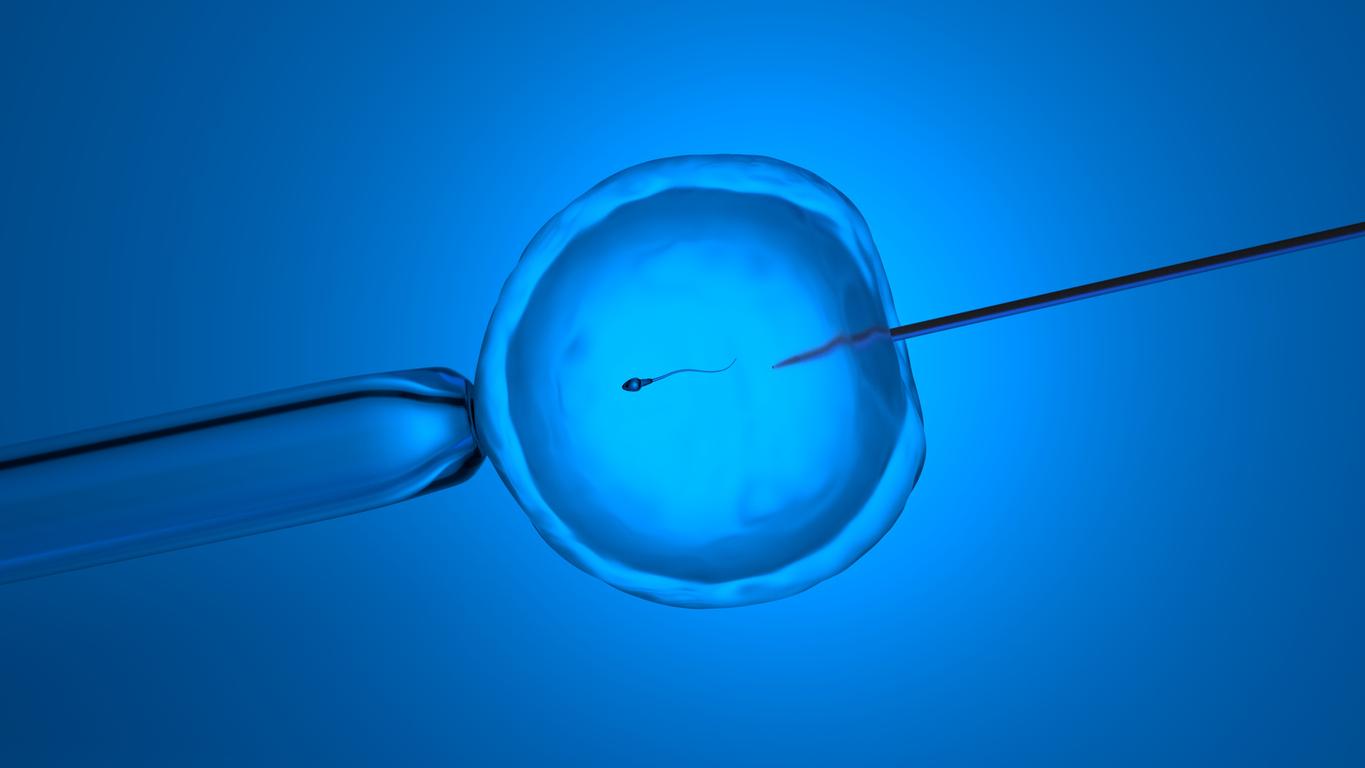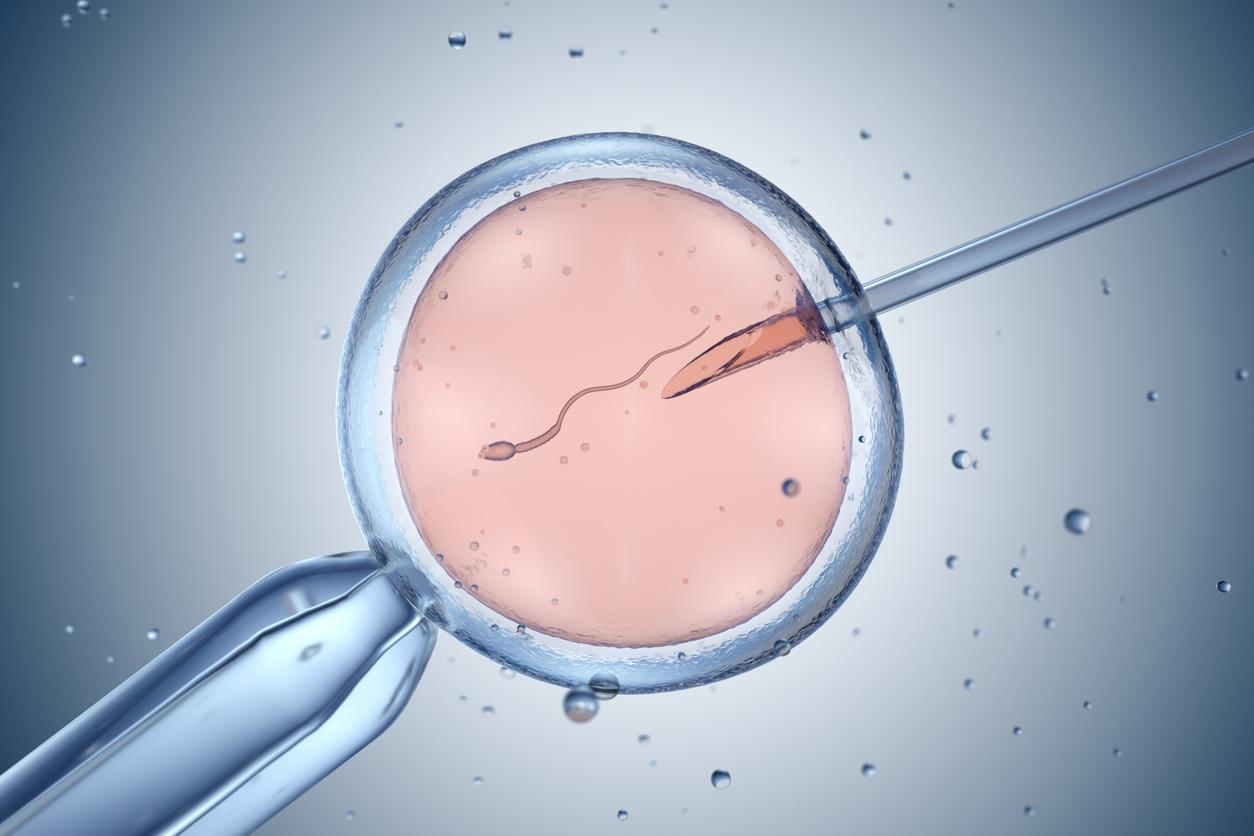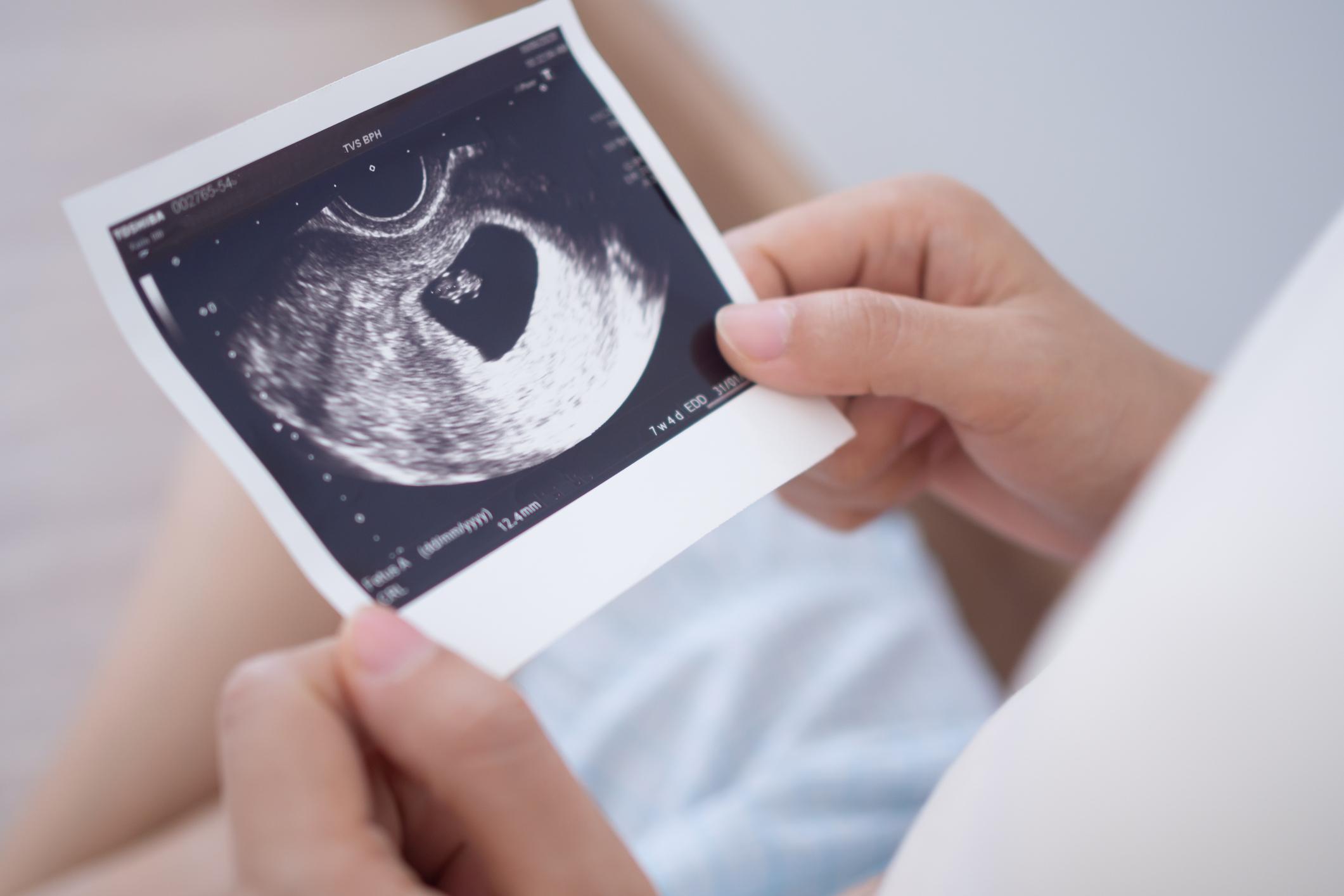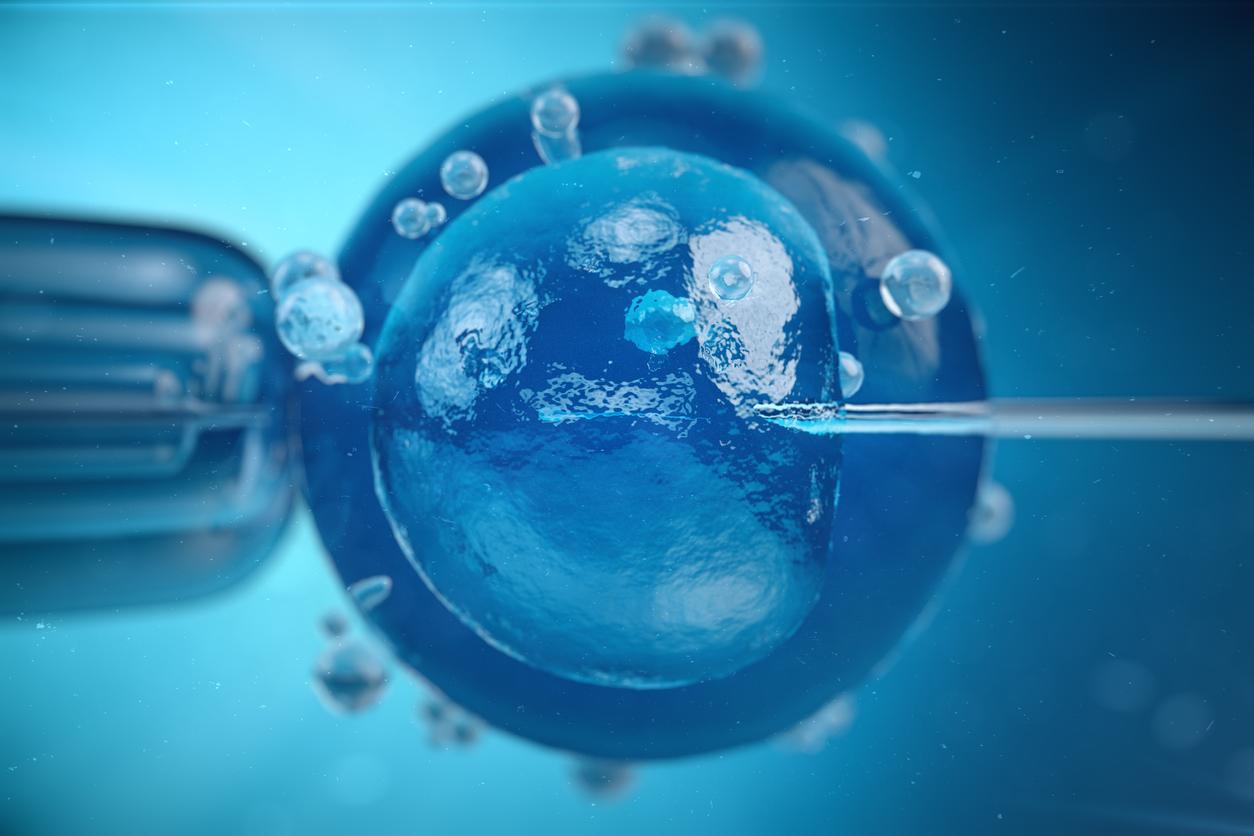IVF, or test-tube fertilization, is a technique used when a person cannot get pregnant naturally.
The testicles of adult males produce about half a billion sperm cells every day. However, the woman’s ovaries usually only release one egg per month, so there is only one egg that can be fertilized. Fertilization can only occur during ovulation; this is the period in the woman’s monthly cycle when the mature egg is released from the ovary and travels through the fallopian tube. An embryo is created when a spermatozoid fertilizes a mature egg in the fallopian tube. The fertilized egg implants itself in the uterus, where the embryo is formed.
Infertility means being unable to produce a child naturally, despite trying for at least a year. The cause of infertility can lie with both the man and the woman.
IVF, or in vitro fertilization, is a very complex reproductive technique that is used in the treatment of couples with unfulfilled desire to have children. In an IVF treatment, the woman is first treated with fertility drugs (FSH: Follicle Stimulating Hormone), so that more eggs mature in the woman than in a normal cycle. As soon as the eggs have matured sufficiently, the eggs are sucked out of the ovary through the vagina with a puncture needle. The eggs are placed on a specially processed laboratory dish.
After the ‘sperm washing’ processing process, the sperm is added to the eggs. This is often done with a special needle, with which the sperm is injected into the nucleus of the egg. Sometimes the sperm is placed in a special laboratory dish together with the eggs. If the eggs start to divide, that is the sign that fertilization has taken place. The embryos should be returned to the uterus approximately 72 hours after conception.
When the embryos are replaced, a flexible tube, a catheter, is inserted through the vagina and cervix into the uterine cavity. The embryos are placed in the uterus through the catheter. The mother is given extra medicines to increase the chance of an embryo implanting in the womb. Usually several embryos are transferred to increase the chance of a successful pregnancy. This sometimes causes multiple pregnancies.















